“Look what a jet pack I have!” - “Ha, look what a rocket I have!” (Notes from the rocket-making championship)
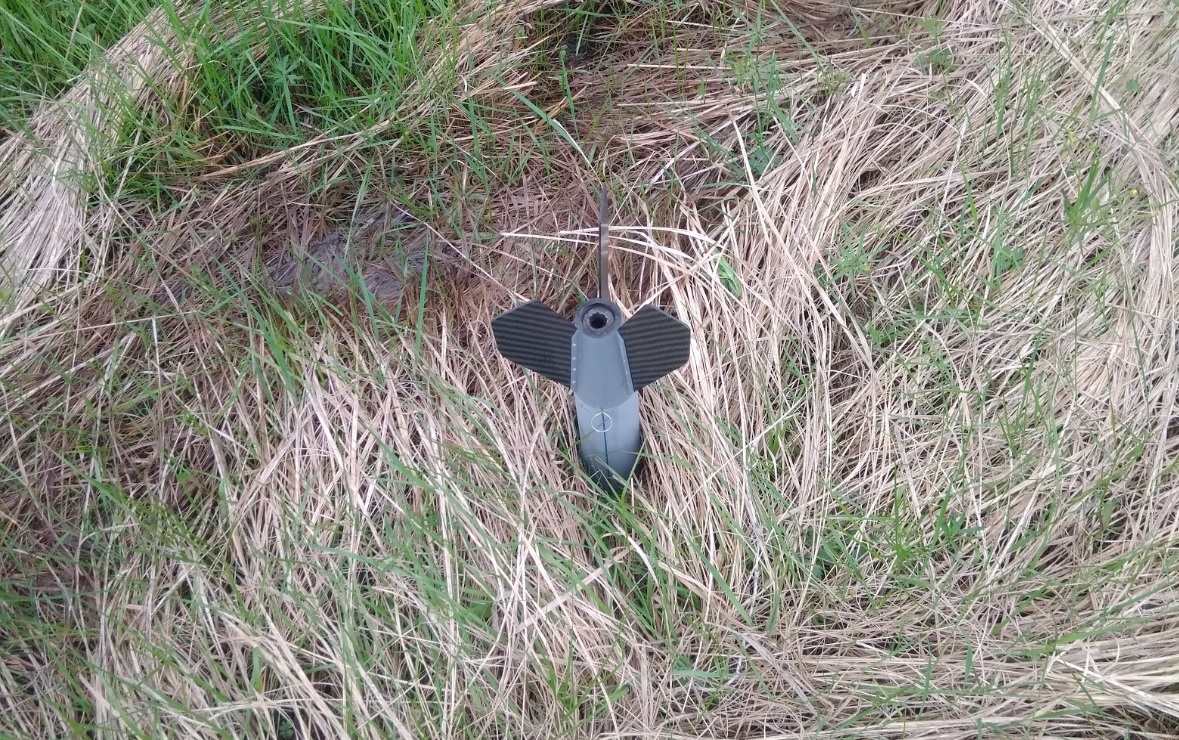
In the
Summary:
')

Tracks
Competitions were held on three tracks.
- “Water rocket” - for schoolchildren 10-14 years.
- “Solid propellant rockets” - participants age 14-17 years.
- “Open skies” for student teams preparing for international competitions (flight up to 10,000 meters).
Water missiles
From the Soviet childhood, when plastic bags were still washed and dried on clothespins, and tin jars of forfeits and beer were elite items of collectible luxury, I remember just such a thing:
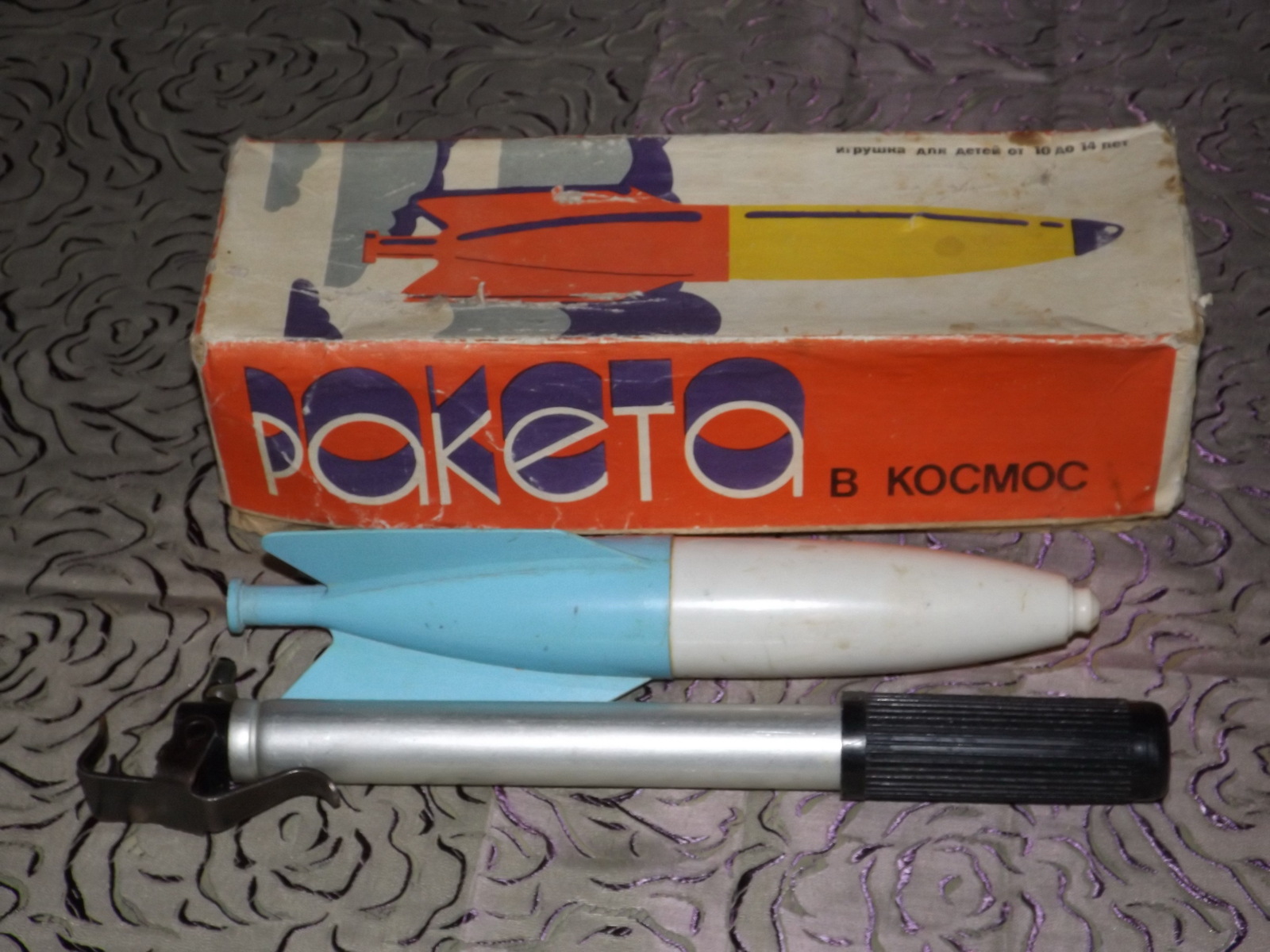
And then plastic bottles appeared and the golden era of water rockets began.

Punk style rocket.
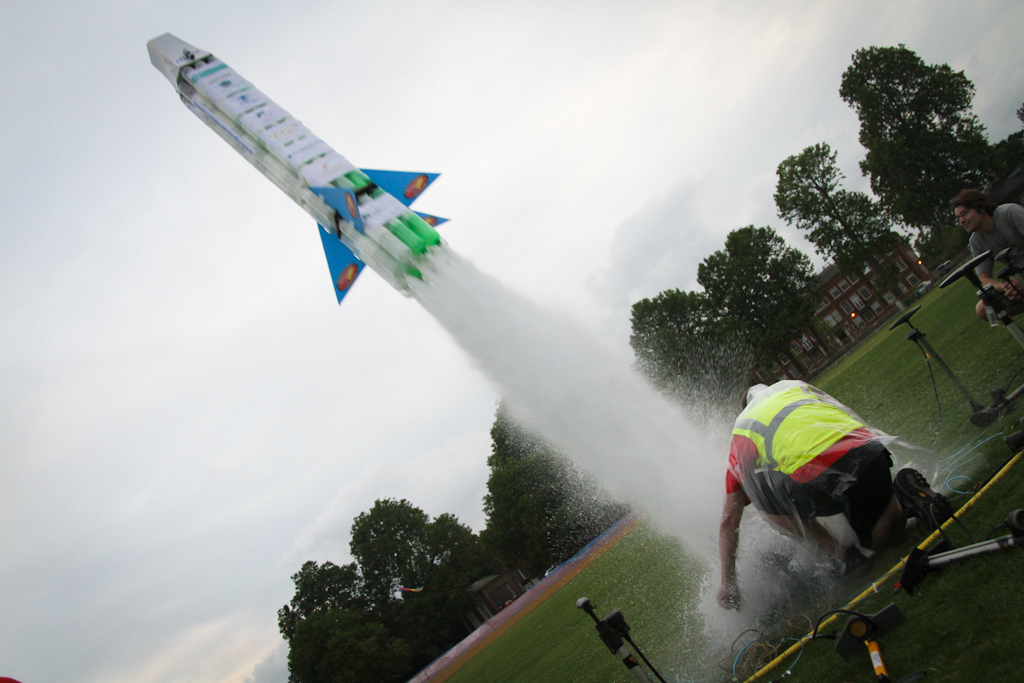
One of the world's largest water missiles.
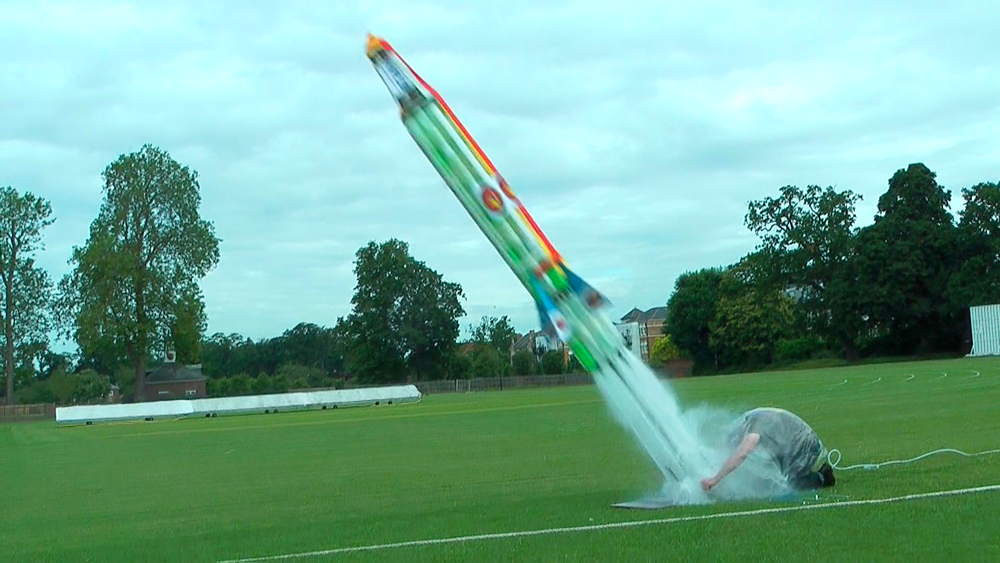
Foreign championships are held for a long time and quite fun
2008
2010
2011
2012
2014
2015
2016
2017
2018
But such a water rocket took off at 534 meters:
Prize $ 10,000 for the highest flight:
How to build a twin-engine water rocket:
Even NASA has water missile manuals :
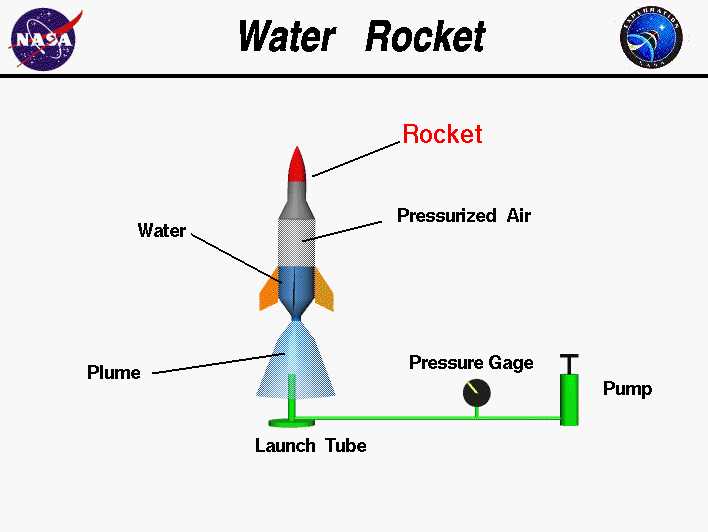
As we had
Age of participant: 10-14 years
The first step . It was necessary to design and build a water rocket with
electronic onboard system and rescue mechanism based on the designer (Arduino).
The second step . It is necessary to design and build a rocket without a designer (self-developed) with an electronic on-board system and a rescue mechanism. There are no restrictions on the design. The task is to reach the maximum height.
Correspondence tour and video reports:
Solid propellant rockets
The first step . It is necessary to design and build a rocket with a launch weight of up to 1150 with an electronic control system and a rescue mechanism based on the Arduino designer .
The second step . Design and build a proprietary rocket (without the use of a designer) with an electronic control system and a rescue mechanism.
* In the second stage are allowed the teams that have passed the first stage, or student teams.
We fly here on such engines:

TTH RD-100
The solid propellant engine for the RD1-100-7 rocket models will lift the rocket to an unattainable height! A dream came true for rocket makers of a powerful MRD competing with Western peers.
Russia is back in the space race with the United States! The model rocket engine RD1-100-7 is much more powerful than the Soviet MRD. Now Russian rocket-makers can bravely boast spectacular launches in front of their Western colleagues.
This engine for models of rockets continues the well-established RD1 line. Special production technologies and high-precision calculation of the surface area significantly increased engine power.
The new rocket engine is designed primarily for experienced rocket makers.
AGE LIMIT
From 16 years old!
TECHNICAL SPECIFICATIONS
Outer diameter 29 mm
Length 240 mm
Channel length 195 mm
Weight 200 gr
Thrust impulse total 100-110 N ∙ s
Traction maximum 120 N
Traction average 50 N
Charge burning time 2 s
The moderator burning time is 7 s.
Russia is back in the space race with the United States! The model rocket engine RD1-100-7 is much more powerful than the Soviet MRD. Now Russian rocket-makers can bravely boast spectacular launches in front of their Western colleagues.
This engine for models of rockets continues the well-established RD1 line. Special production technologies and high-precision calculation of the surface area significantly increased engine power.
The new rocket engine is designed primarily for experienced rocket makers.
AGE LIMIT
From 16 years old!
TECHNICAL SPECIFICATIONS
Outer diameter 29 mm
Length 240 mm
Channel length 195 mm
Weight 200 gr
Thrust impulse total 100-110 N ∙ s
Traction maximum 120 N
Traction average 50 N
Charge burning time 2 s
The moderator burning time is 7 s.
and here on these:
TTH RD-300
The solid propellant engine for the RD1-300-0 missile models will lift the rocket to an inaccessible height! A dream came true for rocket makers of a powerful MRD competing with Western peers.
Russia is back in the space race with the United States! RD1-300-0 model rocket engine to overtake and overtake, and we did it. The most powerful engine that can be ordered only from us.
AGE LIMIT
From 16 years old!
TECHNICAL SPECIFICATIONS
Traction max 330 N
Traction average 180 N
2.5 charge burning time
The moderator burning time is not.
CONDITIONS AND OPERATING RULES
Store in a dry place at a temperature of -20 to +30 ˚C.
Ignition to produce a specialized electric fuse (supplied).
Fuse insert all the way to a depth of 36 mm.
While the engine is running, it is at least 10 meters away.
It is strictly forbidden to refine the engine.
Russia is back in the space race with the United States! RD1-300-0 model rocket engine to overtake and overtake, and we did it. The most powerful engine that can be ordered only from us.
AGE LIMIT
From 16 years old!
TECHNICAL SPECIFICATIONS
Traction max 330 N
Traction average 180 N
2.5 charge burning time
The moderator burning time is not.
CONDITIONS AND OPERATING RULES
Store in a dry place at a temperature of -20 to +30 ˚C.
Ignition to produce a specialized electric fuse (supplied).
Fuse insert all the way to a depth of 36 mm.
While the engine is running, it is at least 10 meters away.
It is strictly forbidden to refine the engine.

An approximate schedule of thrust.
Fuses:
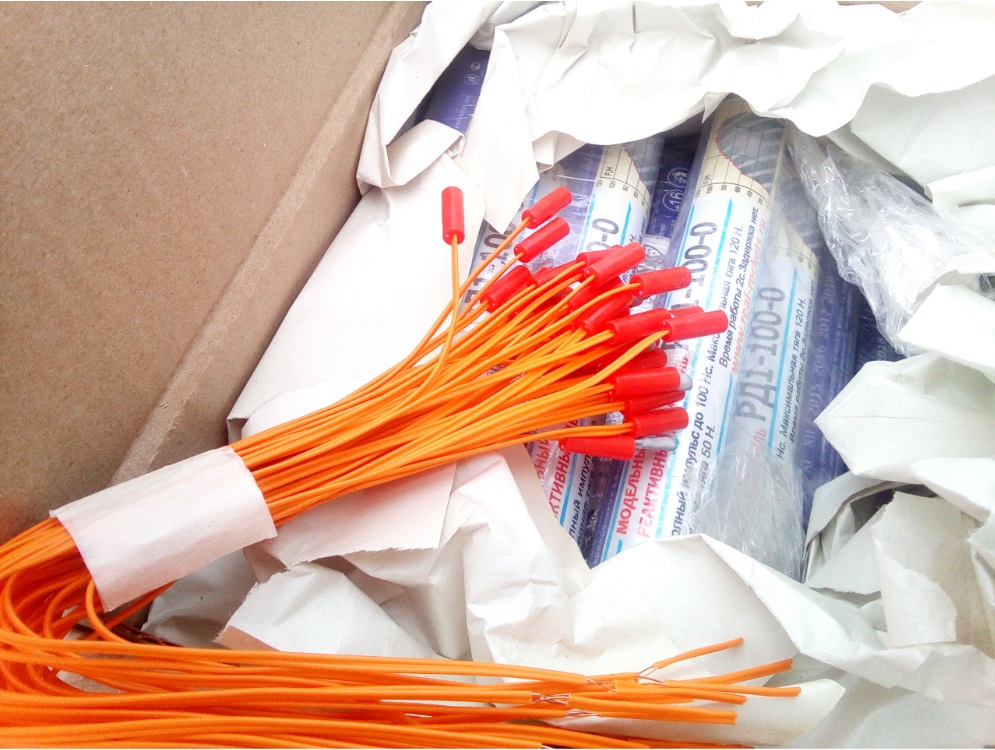
This is how the engine works:
And then a crazy experiment with a solid rocket engine:
Open sky
Student teams preparing for international IREC competitions
Design and construction of a rocket for flights to an altitude of 3,000 to 10,000 meters with 1.5 kg of payload on board.
The cost of starting a rocket with the engine: 24 000 rubles.


So is the international championship in America.
The Intercollegiate Rocket Engineering Competition has been held since 2006.
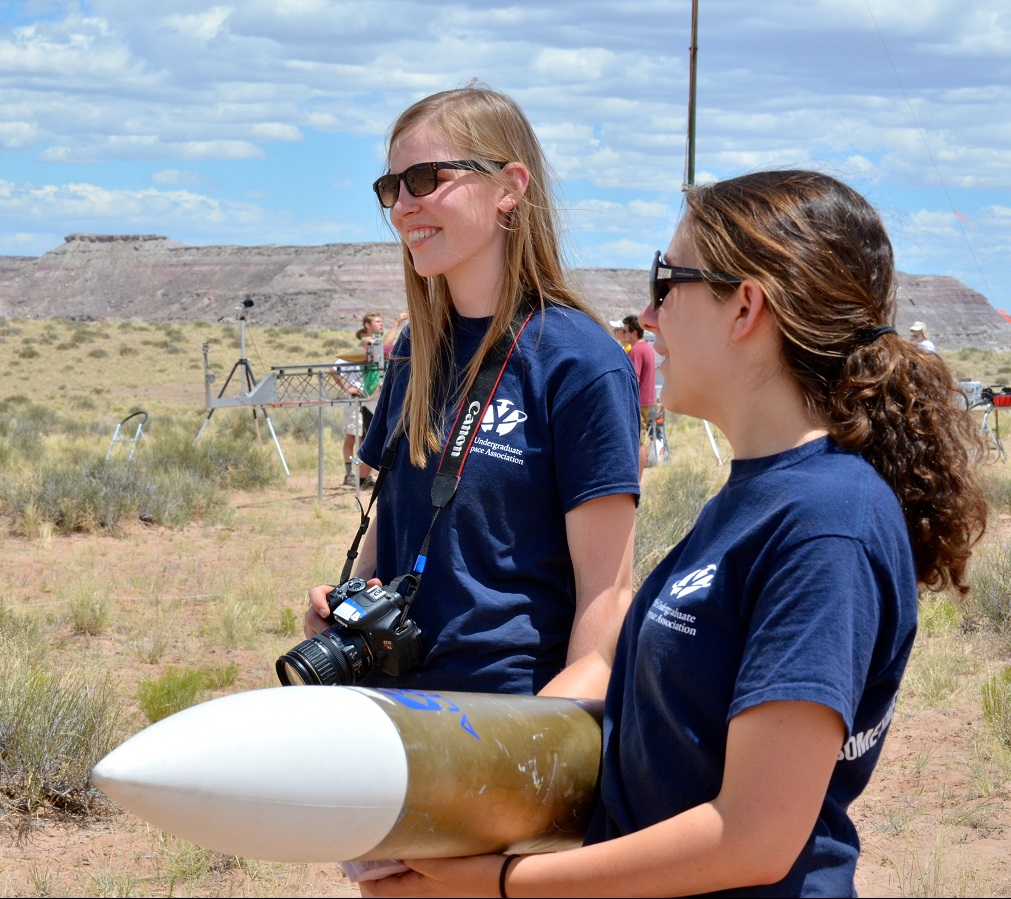
Vidos from the international championships IREC
2014
2015
2016
2017
2018
Beginning in 2017, the ESRA's Intercollegiate Rocket Engineering Competition (IREC) has become the Spaceport America Cup (SA Cup).
Non-competitive participation "Master"

If you suddenly have more than 23 years and you want to build rockets, then you can register a team on any of the tracks, specifying the category "Master". But starts at his own expense. The cost of solid fuel engines from 5,000 to 35,000 rubles.
News from the fields

School of schoolchildren with supervisors arrived and began to get stuff from these boxes of junk.
And collect your rockets.
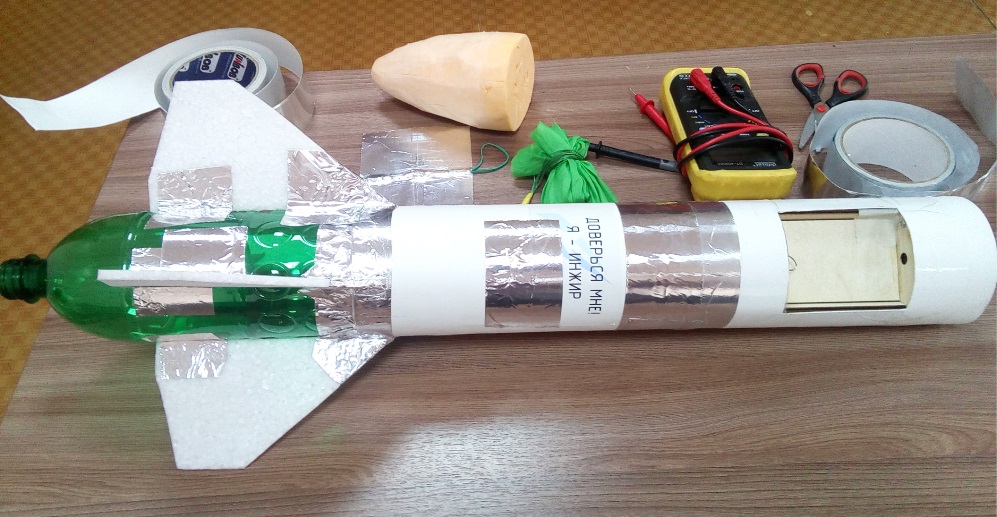
Scotch, drawing paper, plastic bottle ...
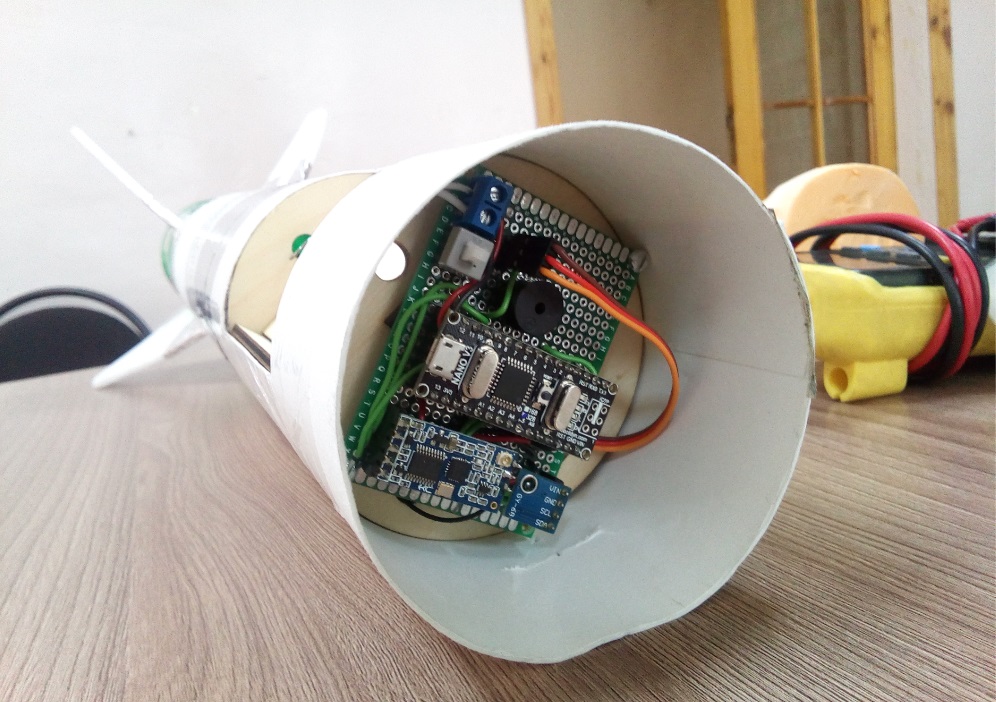
... and a little arduino - the rocket is ready.
But these guys just do Ilona Mask:




And girls.
The first test launches at the airport
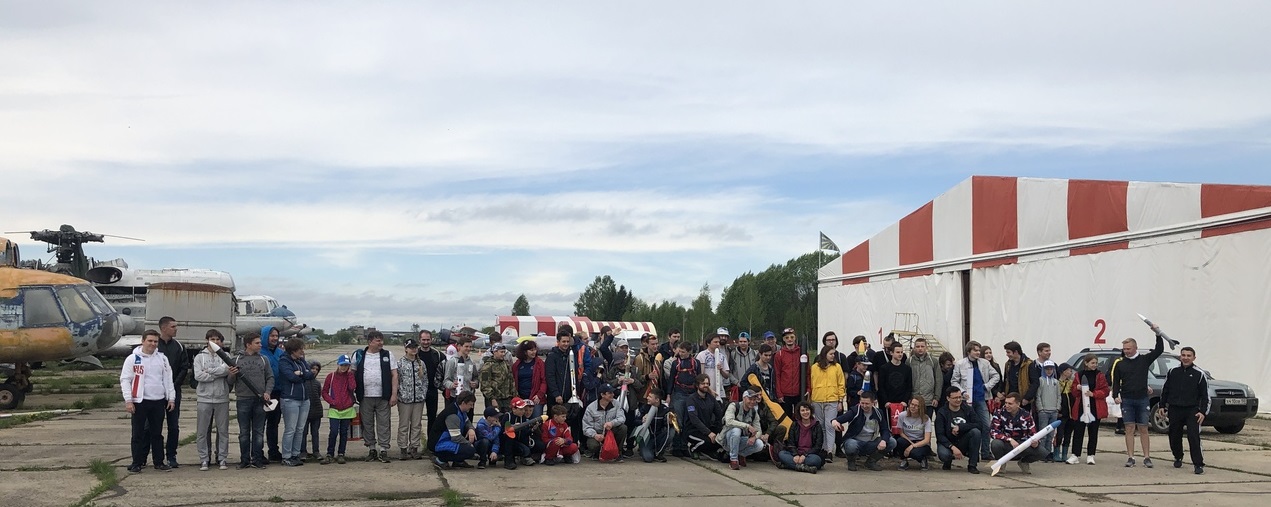


It was raining and a water rocket.



“To know the way and go through it is not the same thing.”
The collision with reality has benefited many rocket men. Someone finally understood why a parachute is needed.
Finalization of the missiles before the final
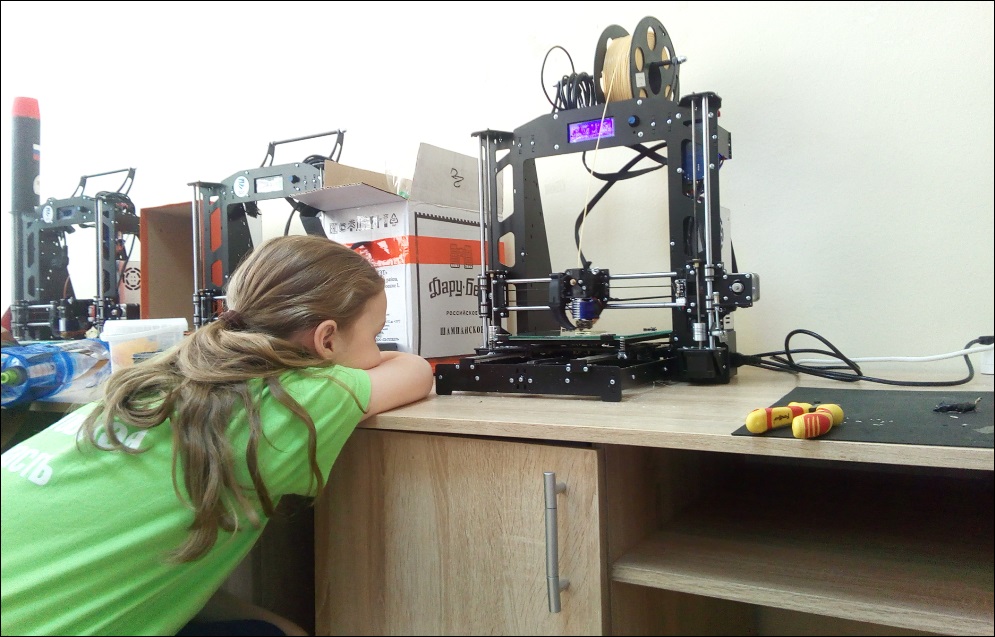
3D printer prints for a long time ... you can think about all those years ... about all ten ...
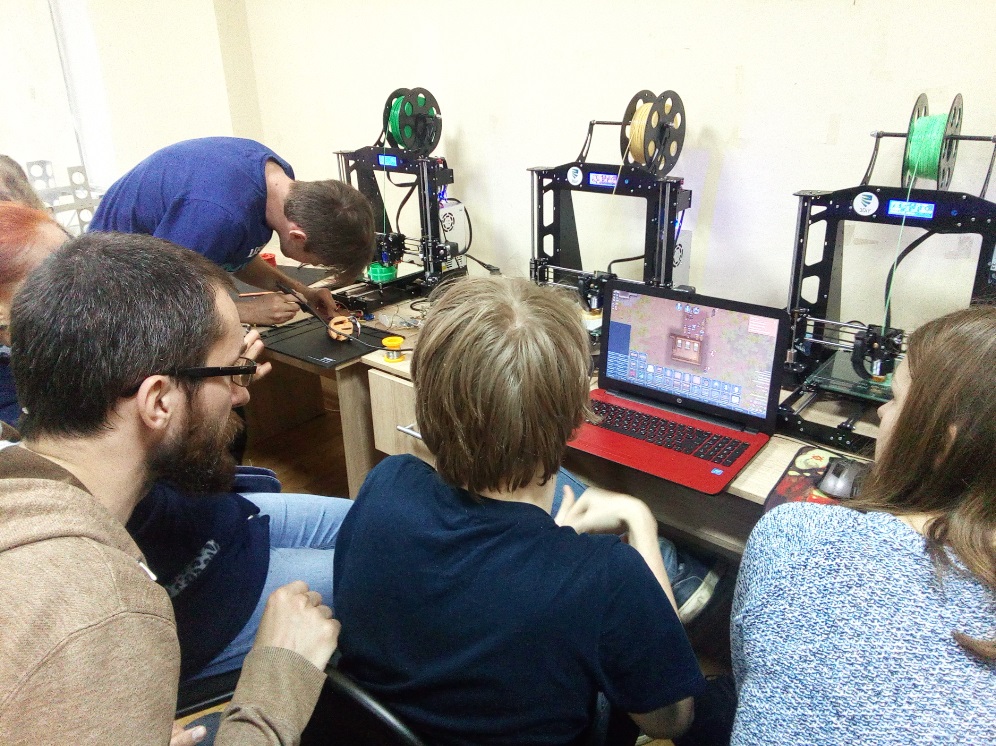
Master class on RimWorld until printed fairing on a 3D printer:
- Where is your dog?
- Here, she died.
- Why did she die?
“That's why she died, I buried here.”

All to whom not laziness joked about "Space Y".
Second run on the airfield and final launches

A team of girls, one of them is 10 years old. Waiting for their turn.
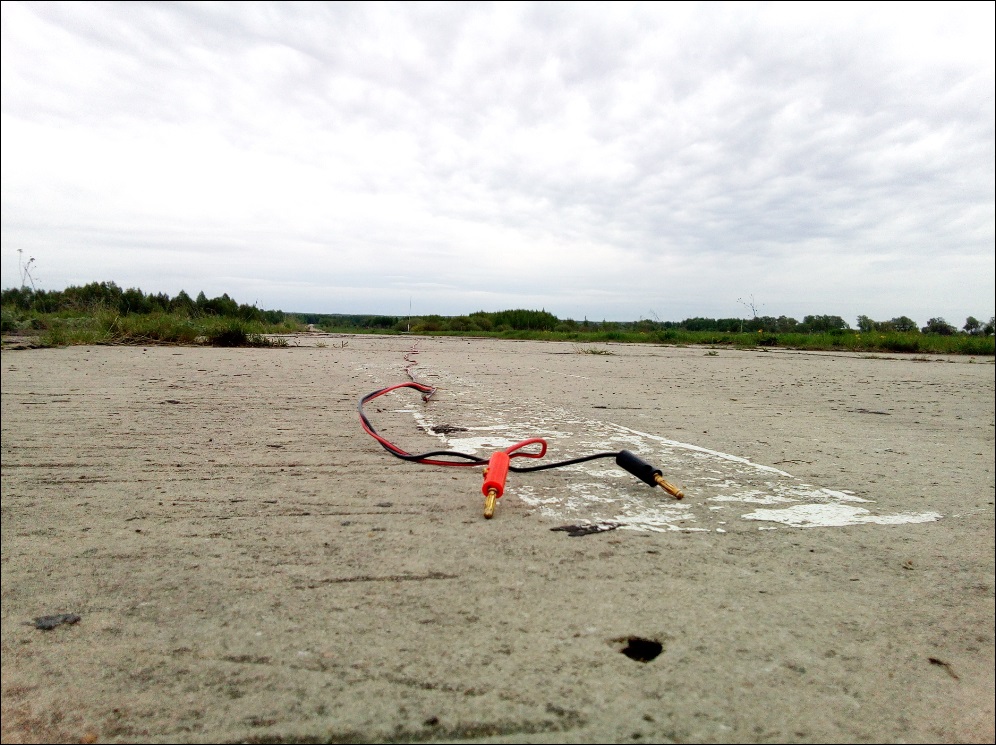
Contacts for remote start.
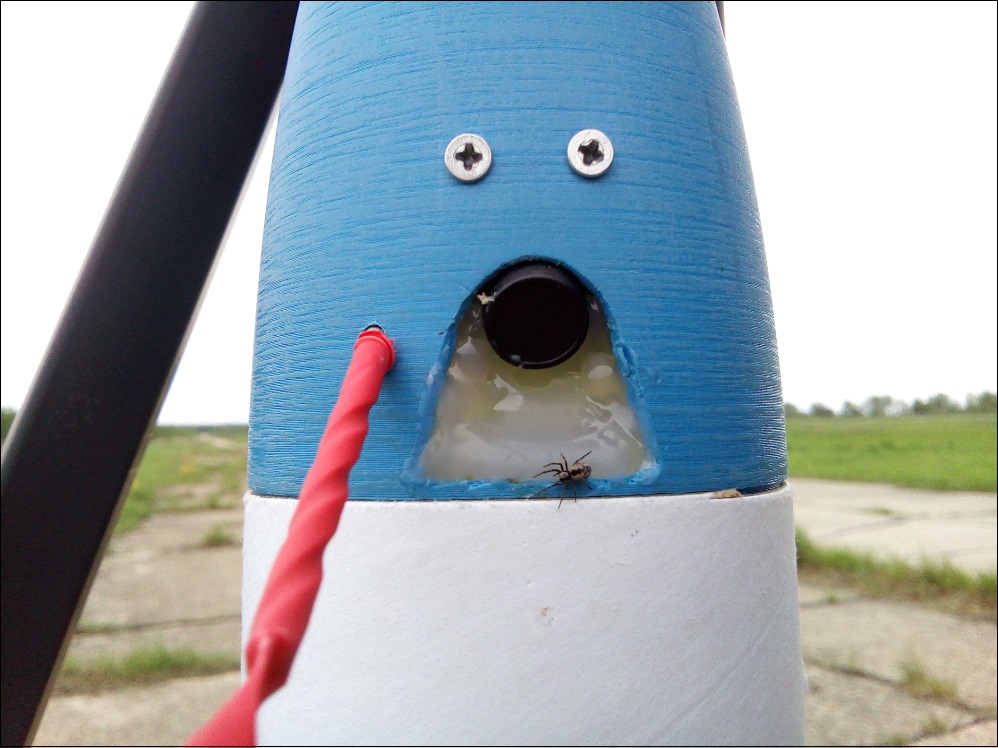
The pilot is trying to escape from the rocket.
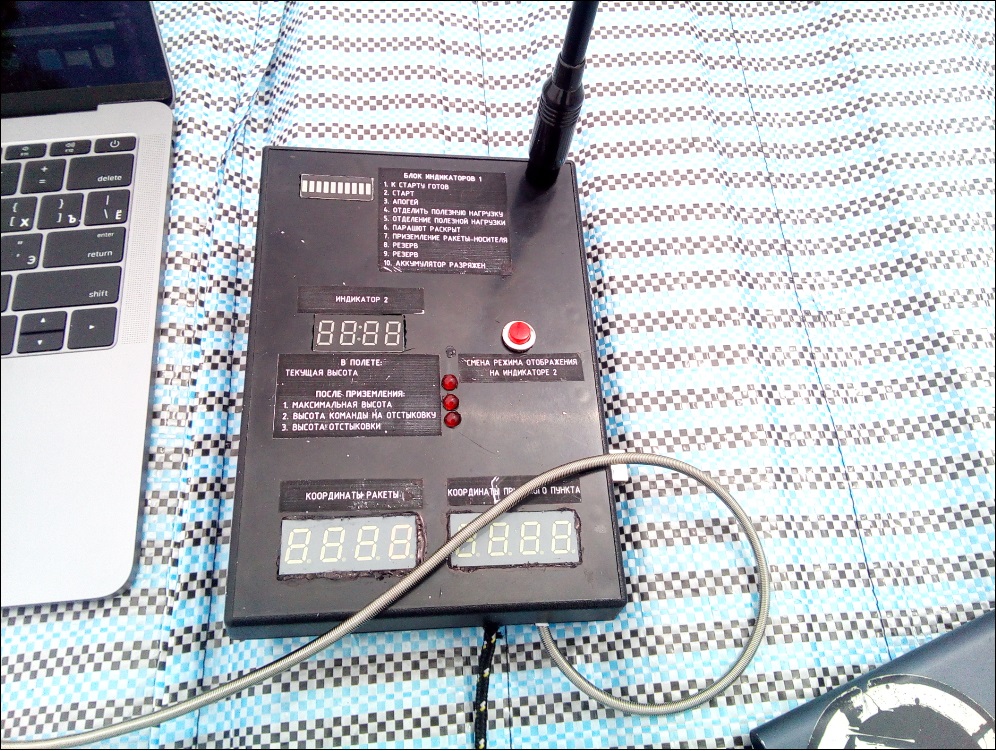
Red button.

Remote control launch.

Take care of your baby.

"The rocket with the wrong formulas." Trying to tune electronics before the start, although it is raining.

At the start you need to come with a fully assembled rocket, but as always.

Is it even?

Vzhzhzhuuuuh!

And then the rockets began to land ...

Original housing design. But if the parachute is not released - cranes.

Sometimes the parachute was released, but it did not open - also cranes.

And again.

And again.

In one of the landed rockets, we actually found an earthworm.
Behind the scenes were the search teams that ran through the swamp and dug out the fairings, climbed birches for payload. There were those who successfully took off and landed, but who cares?

It was fun and inspirational.
I hope that the rockets will fly to the Moon and Mars, and not the neighboring continents.
The most important thing

Lunch at the airport.
mass media
- sochisirius.ru/news/2688
- obninsk.bezformata.com/listnews/raketostroeniyu-raketostroitelnij/71128822
- rsci.ru/grants/grant_news/284/241471.php
- www.skoltech.ru/2019/05/21-komanda-zapustila-rakety-v-finale-sorevnovanij-raketnogo-dvizheniya
Contact organizers
- www.facebook.com/spacecontest
- vk.com/spacecontestru
- www.gorocket.ru
- hello@gorocket.ru
PS
A rocket got stuck on a tree, a parachute got tangled, and everyone began to call me together, because I have a jetpack. But I still do not know how to fly, but I can tie the apparatus to the uneven bars:
Source: https://habr.com/ru/post/454242/
All Articles